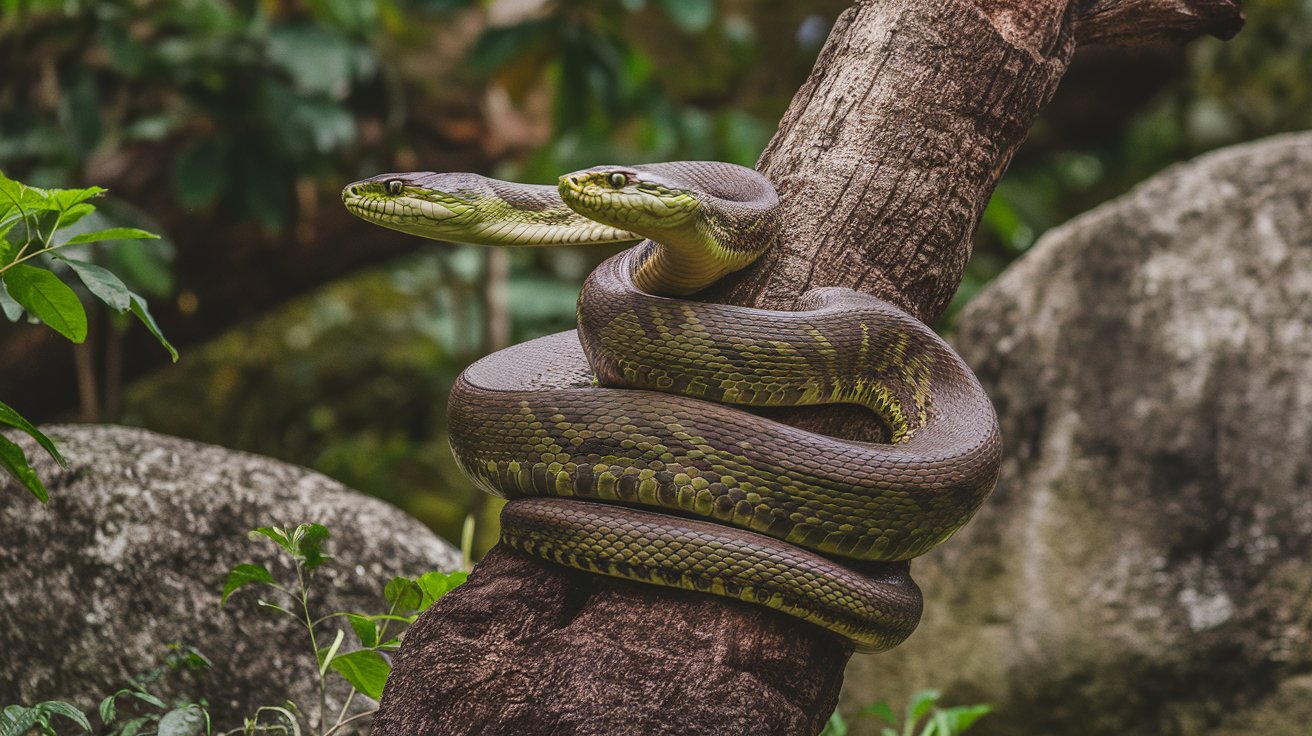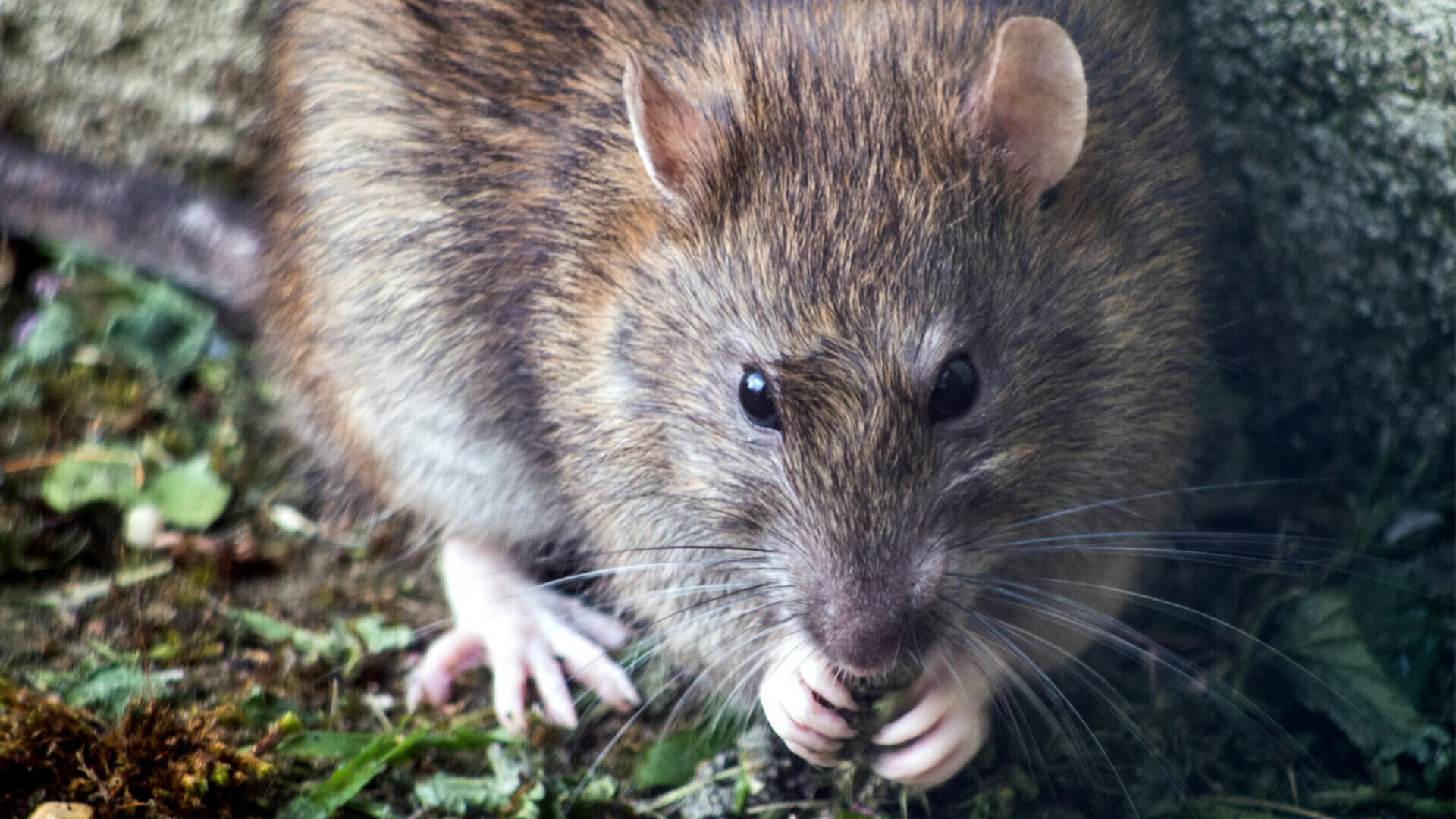
Two-headed animals, also known as bicephalic or dicephalic creatures, are rare and fascinating anomalies in the animal kingdom. These unique beings often capture our imagination and curiosity. But what exactly causes this phenomenon? Two-headed animals result from a developmental anomaly during the embryonic stage, where the embryo starts to split into twins but stops partway. This condition can occur in various species, from snakes and turtles to cows and even humans. While these creatures often face significant health challenges, some manage to survive and thrive. Let's dive into 37 intriguing facts about these extraordinary animals, shedding light on their origins, survival, and the science behind their existence.
Key Takeaways:
- Two-headed animals, like snakes and turtles, are rare and fascinating due to genetic mutations and incomplete twinning. They face unique challenges but also offer valuable insights into genetics and embryonic development.
- The survival and lifespan of two-headed animals vary, with some living relatively normal lives with proper care. They have cultural significance and raise ethical questions, sparking public fascination and media attention.
Fascinating World of Two-Headed Animals
Two-headed animals, also known as bicephalic or dicephalic creatures, have intrigued humans for centuries. These rare anomalies occur in various species, from reptiles to mammals. Let's dive into some astonishing facts about these extraordinary beings.
What Causes Two-Headed Animals?
Understanding the origins of two-headed animals can shed light on their rarity and uniqueness.
- Genetic Mutation: Two-headed animals often result from genetic mutations during embryonic development.
- Incomplete Twinning: Sometimes, two-headed creatures form due to incomplete twinning, where a single embryo partially splits into two.
- Environmental Factors: Exposure to certain chemicals or radiation can increase the likelihood of bicephalic births.
Types of Two-Headed Animals
These anomalies can appear in various species, each with its own set of challenges and adaptations.
- Snakes: Two-headed snakes are among the most common bicephalic animals.
- Turtles: Two-headed turtles often struggle with coordination and survival in the wild.
- Fish: Some fish species can also develop two heads, though they rarely survive long.
- Mammals: While rarer, two-headed mammals like cows and pigs have been documented.
Survival and Lifespan
The survival rate and lifespan of two-headed animals vary greatly depending on the species and environment.
- Short Lifespan: Many two-headed animals have a shorter lifespan due to health complications.
- Veterinary Care: With proper veterinary care, some bicephalic animals can live relatively normal lives.
- Wild vs. Captivity: Two-headed animals generally fare better in captivity than in the wild.
Famous Two-Headed Animals
Throughout history, certain two-headed animals have gained fame and attention.
- We: A two-headed albino rat snake named "We" lived for eight years in captivity.
- Thelma and Louise: A two-headed turtle named after the famous movie characters lived for several years in a Texas zoo.
- Ditto: A two-headed calf named Ditto was born on a farm in the United States and lived for several months.
Challenges Faced by Two-Headed Animals
Living with two heads presents unique challenges that can affect the animal's quality of life.
- Feeding Difficulties: Coordinating feeding can be challenging, especially if both heads have different preferences.
- Movement Coordination: Two-headed animals often struggle with movement coordination, leading to mobility issues.
- Health Complications: Bicephalic animals are more prone to health issues like infections and organ malfunctions.
Scientific Studies and Research
Scientists have conducted various studies to understand the phenomenon of two-headed animals better.
- Genetic Research: Researchers study the genetic mutations that cause bicephaly to understand better and potentially prevent it.
- Embryonic Development: Studies on embryonic development help scientists learn how and when the anomaly occurs.
- Behavioral Studies: Observing the behavior of two-headed animals provides insights into their unique challenges and adaptations.
Cultural and Mythological Significance
Two-headed animals have also played a role in various cultures and mythologies.
- Symbolism: In some cultures, two-headed animals symbolize duality or balance.
- Mythological Creatures: Mythologies worldwide feature two-headed creatures, often as powerful or mystical beings.
- Superstitions: Some cultures view two-headed animals as omens or signs of significant events.
Conservation and Ethical Considerations
The existence of two-headed animals raises important ethical and conservation questions.
- Captivity Ethics: Keeping two-headed animals in captivity for public display raises ethical concerns.
- Conservation Efforts: Efforts to protect and study bicephalic animals contribute to broader conservation goals.
- Public Awareness: Educating the public about two-headed animals can foster a greater appreciation for biodiversity.
Rare Sightings and Documentations
Documenting two-headed animals provides valuable data for scientific and educational purposes.
- Photographic Evidence: Photographs and videos of two-headed animals help scientists study their behavior and anatomy.
- Museum Specimens: Some museums have preserved specimens of two-headed animals for educational purposes.
- Field Reports: Field reports from researchers and wildlife enthusiasts contribute to the growing body of knowledge about bicephalic animals.
Ethical Dilemmas in Research and Display
Studying and displaying two-headed animals involves navigating complex ethical dilemmas.
- Animal Welfare: Ensuring the welfare of two-headed animals in research and display settings is paramount.
- Public Display: Balancing educational value with ethical considerations is a challenge for institutions displaying two-headed animals.
- Research Ethics: Ethical guidelines govern the study of two-headed animals to prevent harm and ensure humane treatment.
Future of Two-Headed Animal Research
The future holds exciting possibilities for research on two-headed animals.
- Genetic Advances: Advances in genetic research may lead to a better understanding of bicephaly and potential prevention methods.
- Technological Innovations: New technologies enable more detailed studies of two-headed animals' anatomy and behavior.
- Collaborative Efforts: Collaboration between scientists, veterinarians, and conservationists can enhance research and conservation efforts.
Public Fascination and Media Coverage
Two-headed animals continue to captivate the public and media.
- Media Sensation: Stories of two-headed animals often become media sensations, drawing widespread attention.
- Educational Programs: Documentaries and educational programs about two-headed animals help raise awareness and understanding.
- Social Media: Social media platforms provide a space for sharing information and sparking discussions about two-headed animals.
Fascinating World of Two-Headed Animals
Two-headed animals, or polycephalic creatures, captivate our curiosity. These rare beings, from snakes to turtles, offer a glimpse into the wonders of nature. While their survival can be challenging, some manage to live relatively normal lives. Scientists study them to understand genetic anomalies and developmental processes better.
Seeing a two-headed animal can feel like witnessing a miracle. They remind us of nature's unpredictability and the endless possibilities of life. Whether it's a snake with two heads or a calf, these creatures spark wonder and scientific interest.
Next time you hear about a two-headed animal, remember the blend of mystery and science they represent. They show us that even in a world we think we know, surprises await. Keep your eyes open; you never know what marvels nature has in store.
Frequently Asked Questions
Was this page helpful?
Our commitment to delivering trustworthy and engaging content is at the heart of what we do. Each fact on our site is contributed by real users like you, bringing a wealth of diverse insights and information. To ensure the highest standards of accuracy and reliability, our dedicated editors meticulously review each submission. This process guarantees that the facts we share are not only fascinating but also credible. Trust in our commitment to quality and authenticity as you explore and learn with us.


